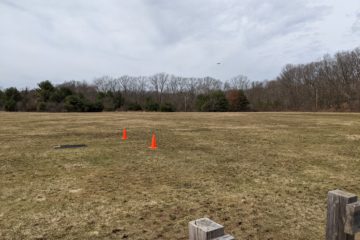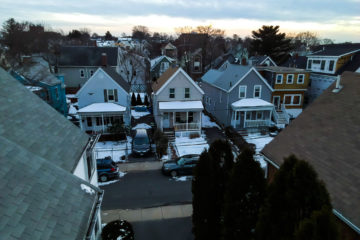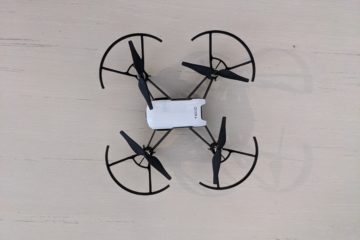The FAA released a new test for Drone pilot’s, called TRUST (The Recreational UAS Safety Test) in June 2021. The goal of the test is solely for recreational flyers (IE, not 107 certified), and it is now a requirement to fly a drone in the USA.
Overall, I have been reading some complaints about the test and it being a waste of time, but honestly, I wish it had been available when I first started. Having flown my drone for a few months (and being a research nerd), I pretty much knew all of it already, but the information being all in one place was useful, and a lot of the benefit to it is pretty much the same as what I talked about in the lesson I took.
There are a number of 3rd party drone administrators that are giving the test, but I took it through UAV Coach. The test itself is really more of an online tutorial then a test. There were 4 sections, each requiring a pretty simple set of questions be answered to complete. Apparently, answering them wrong lets you redo them, but if you read the content at all that really shouldn’t happen.
The test touches briefly on a number of subjects that really should be know, but aren’t super easy to grasp when you first try and learn how to fly your drone such as:
- What does it mean to be 107 Certified?
- How does airspace work and how do I check if I am following the rules?
- What are the basic rules for flying a drone.
As of the time of this writing, to fly a drone the FAA is asking for a few basic things:
- Register your drone if it’s over .55 pounds and mark your registration ID on exterior of drone
- Pass the TRUST test and carry certificate with you when you fly
- Follow a community based organizations safety guidelines
- Always fly visual line of sight
- Always give way and don’t interfere with manned aircraft
- Never exceed 400 feet in uncontrolled airspace and follow all authorization rules for controlled airspace
I would definitely recommend taking the test if you are new to flying drones, both because it was a nice way of seeing a lot of information distilled down, but also because, well, it’s the law now.
That said, following the FAA’s rules has not been the difficult part for me as I have been learning to fly drone’s. I am not sure the crazy stories that hit the news every so often of someone flying near an airport or somewhere else they shouldn’t be are so much an issue of training as willful ignorance. The difficult part of knowing whether it’s safe to fly has largely been local rules and regulations around parks (which is actually VERY difficult), not following the airspace rules.


